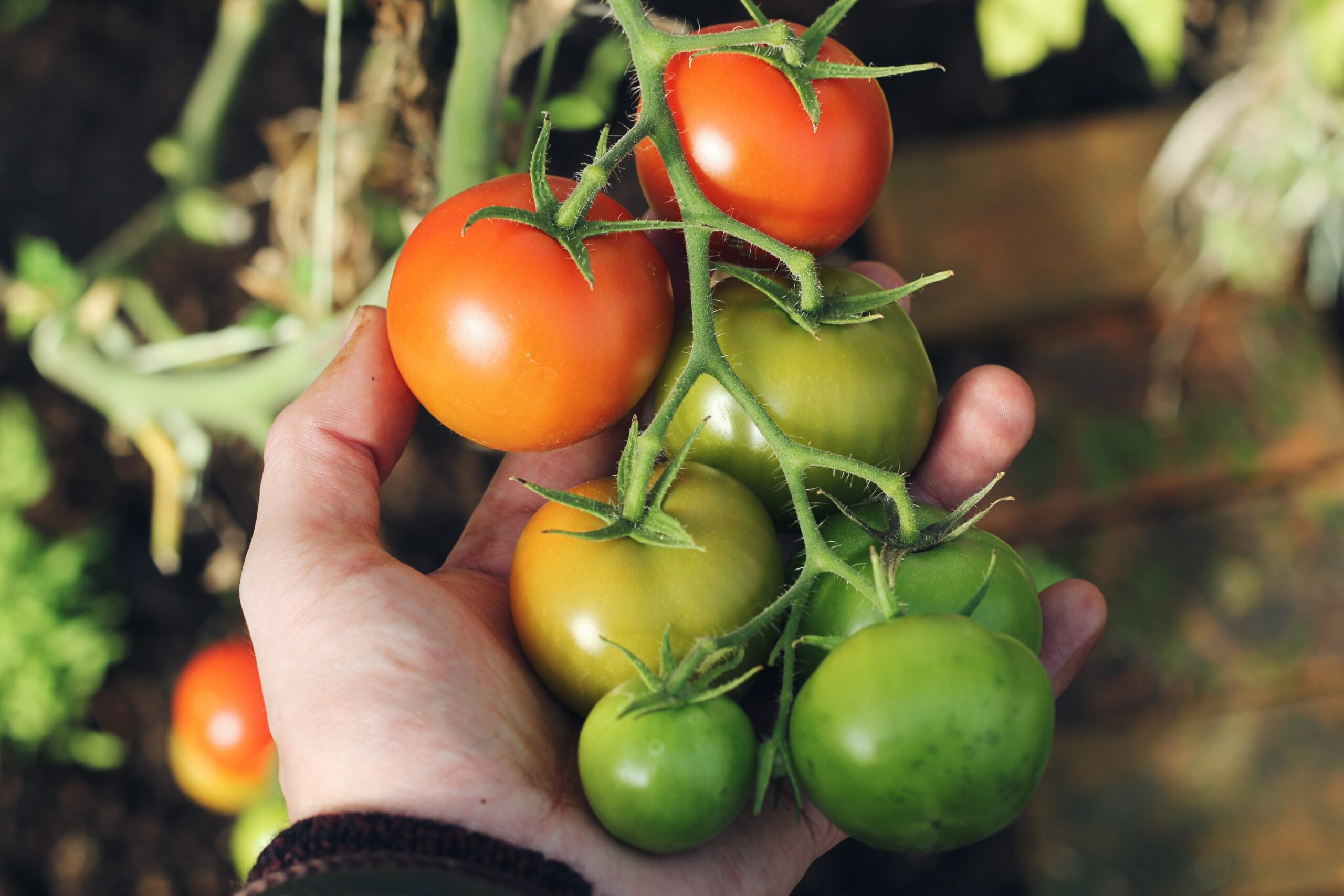
One hundred pounds of tomatoes from just 100 square feet. Twenty pounds of carrots from 24 square feet. Delicious vegetables from a 15-by-20-foot plot. Believe it or not, it’s not impossible to grow your own vegetable garden with yields of this nature. All that’s required is some patience and smart tactics to get the most out of your garden space. Follow these tips and tricks to plan the vegetable gardening of your dreams.
The first step to growing a healthy garden is marking off exactly where you want the beds to go. Consider the size, shape, and location of your garden to figure out the best set-up for you. Keep in mind that it can always be changed over time if necessary.
Expert gardeners agree that building up the soil is the single most important factor in pumping up yields. A deep, organically rich soil encourages the growth of healthy, extensive roots able to reach more nutrients and water. The result: extra-lush, extra-productive growth above ground.
The fastest way to get that deep layer of fertile soil is to make raised beds. Raised beds yield up to four times more than the same amount of space planted in rows. That’s due not only to their loose, fertile soil but also to efficient spacing. By using less space for paths, you have more room to grow plants. RELATED STORYYour 3-Step Guide to Building a Raised Garden Bed
Raised beds save you time, too. One researcher tracked the time it took to plant and maintain a 30-by-30-foot garden planted in beds, and found that he needed to spend just 27 hours in the garden from mid-May to mid-October. Yet he was able to harvest 1,900 pounds of fresh vegetables. That’s a year’s supply of food for three people from about three total days of work!
How do raised beds save so much time? Plants grow close enough together to crowd out competing weeds so you spend less time weeding. The close spacing also makes watering and harvesting more efficient.
CJPGETTY IMAGES
The shape of your beds can make a difference, too. Raised beds become more space-efficient by gently rounding the soil to form an arc. A rounded bed that is 5 feet wide across its base, for instance, could give you a 6-foot-wide arc above it. That foot might not seem like much, but multiply it by the length of your bed and you’ll see that it can make a big difference in total planting area.